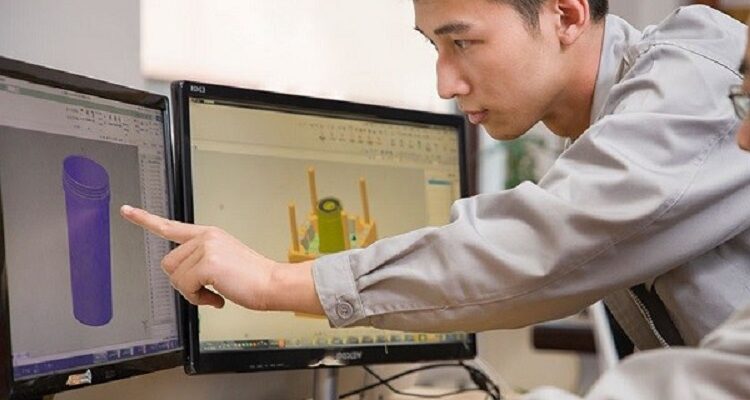Prototype mold fabrication is an important part of product development, and it occurs after prototypes go through the testing and iteration process. It can be an expensive and lengthy step in product development, so it is essential that the right materials and methods are used if you want precise product testing. Here is a short guide to prototype mold fabrication to help you understand the process.
Table of Contents
What Is a Prototype Mold?
When it comes to product testing, 3D parts are a popular choice as they can be fabricated and iterated quickly. Unfortunately, accuracy with 3D parts is lower than with injection molded parts, and 3D printing materials cannot be used to accurately replicate the materials used for injection mold. On the other hand, prototype molds are a good choice for testing as they are economical and can be used to produce prototypes quickly.
Prototype Fabrication Techniques
There are three main prototype fabrication techniques: prototype molding, CNC machining, and 3D printing.
Prototype Molding
Prototype molding is cost-effective, and this method is put in place in the later stages of product development. One of the major benefits of prototype molding is the possibility of using injection molding materials. These materials allow prototypes to be more similar to production molding. Prototype molding is long-lasting and can be fabricated at a reduced cost when compared to production molding. Not to mention, the lead time is lower too. ProtoShop provides prototype mold fabrication and rapid prototype injection molding. They can offer innovative solutions for various projects.
CNC Machining
CNC machining was a popular prototype fabrication technique in the past, but it is expensive and slow when compared to other methods. However, the popularity of this method lies in the fact that it allows engineers to test the material more effectively.
3D Printing
3D printing is a common method used in the earlier stages of product development. 3D parts can be created quickly and are much more affordable than CNC machining. Not to mention, there is a huge array of materials available for 3D printing. In fact, it has become the most popular technique to use in early product development. However, 3D printed materials only offer an approximation.
How to Choose Between the Three Techniques
When it comes to prototype fabrication methods, it can be difficult to choose between the three popular methods. Due to the rapid rate of fabrication and the cheap cost of production, the use of 3D printed and CNC machined prototypes at the beginning of product development is a good idea. After the initial stages, switching to prototype molds is a wise decision. At the beginning of the development process, there could be many design changes to deal with. By incorporating this method, you can benefit from the speed at which 3D and CBC machined prototypes are produced and the low cost. In the later stages of production, many engineers make the switch to prototype molding so that they can use actual materials to carry out reliable and thorough testing. After all, there are usually fewer changes required, which means the increased cost of prototype mold iterations is more justifiable.














Comments